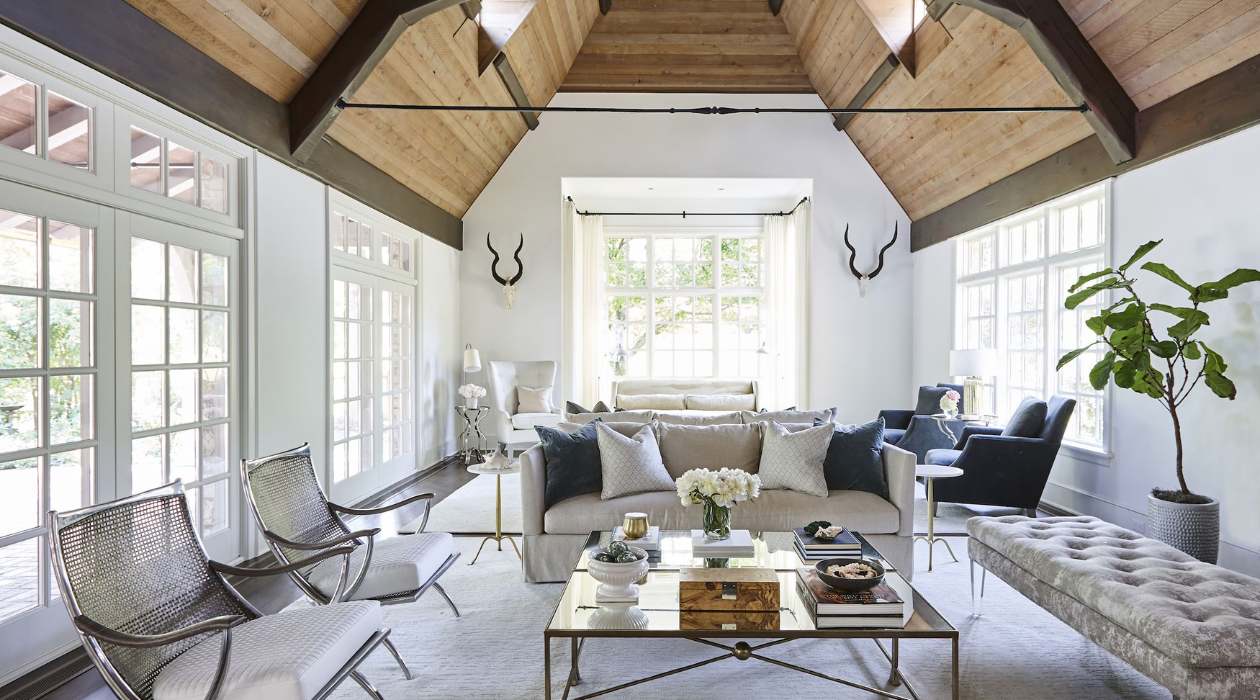

Articles
What Is A Cathedral Ceiling
Modified: February 24, 2024
Discover the features and benefits of cathedral ceilings in our informative articles. Find out how cathedral ceilings can enhance the look and feel of your home.
(Many of the links in this article redirect to a specific reviewed product. Your purchase of these products through affiliate links helps to generate commission for Storables.com, at no extra cost. Learn more)
Introduction
The cathedral ceiling is an architectural feature that adds grandeur and visual appeal to a space. Also known as a vaulted ceiling or raised ceiling, it refers to a high, sloping ceiling that follows the shape of the roofline, creating a sense of spaciousness and height.
Derived from the design elements found in cathedrals and churches, cathedral ceilings have become increasingly popular in residential and commercial buildings. They are not only visually stunning but also provide functional benefits such as improved air circulation and enhanced lighting options.
Throughout this article, we will delve into the world of cathedral ceilings, exploring their features, pros and cons, design considerations, different types, and popular materials used. So, let’s take a closer look at this architectural gem and discover why it continues to captivate the imagination of homeowners and architects alike.
Key Takeaways:
- Cathedral ceilings add grandeur and visual appeal to any space, creating a sense of openness and elegance. They offer unique lighting and ventilation opportunities, but require careful consideration of maintenance and cost factors.
- Incorporating a cathedral ceiling involves structural, design, and material choices that impact both aesthetics and functionality. From wood to metal, each material offers distinct character, ambiance, and maintenance requirements.
Read more: How To Frame Cathedral Ceiling
Definition of Cathedral Ceiling
A cathedral ceiling is a type of architectural feature characterized by a high, sloping ceiling that mimics the shape of the roofline. It gets its name from the design elements commonly found in cathedrals and churches, where soaring ceilings create a sense of awe and grandeur.
The defining feature of a cathedral ceiling is its height and the way it follows the angle of the roof. The slope of the ceiling can vary, ranging from a gentle incline to a steep pitch, depending on the architectural style and design preferences. This creates a sense of spaciousness and verticality in the room, making it feel larger and more open.
Unlike standard flat ceilings, cathedral ceilings add a unique architectural element to a space, drawing the eye upward and creating a focal point. The soaring height and dramatic lines of a cathedral ceiling can make a room feel more expansive and visually striking.
Cathedral ceilings can be found in a variety of architectural styles, including traditional, contemporary, and rustic designs. They are often featured in living rooms, great rooms, entryways, and other areas where a sense of grandeur is desired.
It’s important to note that cathedral ceilings are not limited to just residential spaces. They can also be found in commercial buildings such as churches, museums, and performance venues, where the height and visual impact are desired for aesthetic and symbolic reasons.
Overall, the defining characteristic of a cathedral ceiling is its dramatic height and sloping angle, which creates a sense of openness, elegance, and architectural interest in any space lucky enough to have one.
Features and Characteristics
Cathedral ceilings are known for their distinctive features and unique characteristics that set them apart from traditional flat ceilings. Here are some key features and characteristics of cathedral ceilings:
- Height: The most prominent feature of a cathedral ceiling is its impressive height. The slope of the ceiling extends upward, following the pitch of the roof, creating a sense of verticality and spaciousness.
- Dramatic Lines: Cathedral ceilings are defined by their dramatic lines and angles. The sloping ceiling can be seen from various angles, adding visual interest and architectural appeal to the room.
- Openness: The elevated height of a cathedral ceiling contributes to an open and airy feeling within the space. It can make a room appear more expansive and allow for better air circulation.
- Focal Point: Cathedral ceilings act as a natural focal point in a room, drawing the eye upward and creating a sense of awe and grandeur. They can serve as a stunning backdrop for chandeliers, pendant lights, or other decorative elements.
- Natural Light: The sloping design of a cathedral ceiling allows for increased natural light to enter the space. Large windows or skylights positioned high on the walls can take advantage of the elevated ceiling, flooding the room with sunlight.
- Architectural Detail: Cathedral ceilings are often adorned with architectural details such as exposed beams or trusses. These details add visual interest and can enhance the overall aesthetic appeal of the ceiling.
- Acoustic Considerations: The height and shape of a cathedral ceiling can impact the acoustics of a space. Depending on the purpose of the room, additional sound-absorbing materials or architectural features may be needed to optimize sound quality.
- Flexibility in Design: Cathedral ceilings can be customized to suit different architectural styles and design preferences. From traditional to contemporary, the versatility of cathedral ceilings allows for creativity and personalization.
These features and characteristics contribute to the allure of cathedral ceilings, making them a sought-after architectural feature for those looking to create a visually stunning and unique space.
Pros and Cons of Cathedral Ceilings
Like any architectural feature, cathedral ceilings come with their own set of advantages and disadvantages. It’s important to understand the pros and cons before incorporating cathedral ceilings into your space. Here are the main benefits and drawbacks:
Pros:
- Visual Appeal: Cathedral ceilings add a sense of grandeur and architectural interest to a room. They create a focal point and make the space feel larger and more open.
- Natural Light: The sloping design of cathedral ceilings allows for more natural light to enter the room, creating a bright and airy atmosphere. This can reduce the need for artificial lighting during the day.
- Ventilation and Airflow: The height of cathedral ceilings allows for better air circulation and can help regulate the temperature in the room. This can be particularly beneficial in warmer climates or during the summer months.
- Architectural Flexibility: Cathedral ceilings provide flexibility in design and can be customized to suit different architectural styles and preferences. They can be complemented with exposed beams, trusses, or other architectural features to enhance their visual appeal.
- Sense of Spaciousness: Due to their height and sloping design, cathedral ceilings create a sense of openness and spaciousness. They can make even small rooms feel more expansive and inviting.
Cons:
- Increased Energy Costs: The height and volume of cathedral ceilings can impact energy efficiency. Heating and cooling costs may be higher due to the increased space that needs to be heated or cooled.
- Challenging Maintenance: Cleaning or maintaining cathedral ceilings can be challenging due to their height and angles. Dusting and reaching high areas may require special equipment or professional assistance.
- Acoustic Challenges: The design of cathedral ceilings can lead to sound reverberation and echo, especially in larger rooms. Additional sound-absorbing materials or architectural features may be necessary to optimize acoustics.
- Limited Privacy: In rooms with cathedral ceilings, sound can carry and travel more easily. This can limit privacy, especially in open-concept spaces or shared living areas.
- Higher Construction Costs: Building or retrofitting a space with a cathedral ceiling can be more costly compared to traditional flat ceilings due to the complexity of the design and additional materials required.
Considering these pros and cons will help you make an informed decision about whether cathedral ceilings are the right choice for your space. It’s essential to weigh the aesthetic appeal and functional benefits against the potential challenges and costs associated with this architectural feature.
Design and Architectural Considerations
Designing a space with a cathedral ceiling involves careful consideration of various architectural and design elements. Here are some key considerations to keep in mind:
1. Structural Integrity:
Before incorporating a cathedral ceiling, it is crucial to assess the structural integrity of the building. The roof structure must be able to support the added weight and stress of the higher ceiling. Consult with a structural engineer to ensure the safety and feasibility of the project.
2. Scale and Proportion:
Consider the scale and proportion of the room when designing a cathedral ceiling. In larger rooms, higher ceilings may be well-suited to maintain visual balance. However, in smaller spaces, a lower slope may be more appropriate to avoid overwhelming the room.
3. Lighting Options:
Cathedral ceilings provide unique opportunities for creative lighting design. Consider incorporating skylights to maximize natural light or installing pendant lights or chandeliers to highlight the height and drama of the ceiling. Additionally, recessed lighting can be strategically placed to provide adequate illumination throughout the space.
4. Architectural Details:
Enhance the visual appeal of the cathedral ceiling with architectural details such as exposed beams or trusses. These elements can add character and create a connection with the overall design aesthetic of the space.
5. Heating and Cooling:
Keep in mind the impact of a cathedral ceiling on heating and cooling efficiency. High ceilings result in increased volume, which may require more energy to heat or cool the space. Consider incorporating energy-efficient HVAC systems or insulation to mitigate potential energy costs.
6. Interior Design:
Consider how the cathedral ceiling will impact the overall interior design of the space. It can become a stunning focal point, so choose complementary furnishings and decor that highlight its grandeur without overwhelming the room.
7. Functionality:
Think about the intended function of the space and how the cathedral ceiling will affect its functionality. For example, in a bedroom, consider whether a high ceiling will impact the coziness of the space or the placement of furniture.
By carefully considering these design and architectural elements, you can create a visually striking and functional space with a cathedral ceiling that enhances the overall aesthetic and ambiance.
Types of Cathedral Ceilings
Cathedral ceilings come in various styles and designs, each offering unique architectural features and visual appeal. Here are some common types of cathedral ceilings:
1. Barrel Vault Ceiling:
A barrel vault ceiling features a semi-cylindrical shape that resembles the inside of a barrel. This type of cathedral ceiling offers a smooth and continuous curve, creating a sense of elegance and sophistication. It is often seen in classical or Mediterranean-inspired architecture.
2. Dome Ceiling:
A dome ceiling is characterized by a curved, spherical shape that creates a sense of grandeur and expansiveness. This type of cathedral ceiling is often seen in impressive structures such as domed chapels, government buildings, or historic landmarks.
Read more: What Is A Ceiling
3. Exposed Beam Ceiling:
An exposed beam ceiling showcases the structural beams that support the roof. This type of cathedral ceiling adds a rustic and organic touch to the space. The exposed beams become a prominent design feature and can be made of various materials such as wood, metal, or even faux beams.
4. Cathedral Tray Ceiling:
A cathedral tray ceiling combines the sloping characteristics of a cathedral ceiling with the addition of one or more levels or steps in the ceiling design. This creates a unique and visually appealing effect, adding depth and architectural interest to the space.
5. Ribbed Vault Ceiling:
A ribbed vault ceiling features a series of arched or pointed arches intersecting to create a ribbed pattern. This type of cathedral ceiling is commonly found in Gothic and Romanesque architecture, adding a sense of drama and medieval charm to the space.
These are just a few examples of the many types of cathedral ceilings that can be incorporated into architectural designs. Each type offers a distinct character and ambiance, allowing homeowners and architects to choose a style that best suits their preferences and complements their overall design vision.
Incorporating Lighting and Ventilation
When designing a space with a cathedral ceiling, it is important to consider how to effectively incorporate lighting and ventilation. This can enhance both the functionality and aesthetics of the room. Here are some considerations for lighting and ventilation in cathedral ceilings:
Read more: How To Make Cathedral Window Quilt Pattern
Lighting:
Cathedral ceilings provide an opportunity for creative lighting design that can emphasize the height and drama of the space. Here are some lighting options to consider:
- Skylights: Installing skylights on the sloping part of the ceiling allows for ample natural light to enter the room. Skylights not only enhance the aesthetic appeal but also provide a connection to the outdoors and can reduce the need for artificial lighting during the day.
- Pendant Lights or Chandeliers: Hanging pendant lights or chandeliers in the center of the room can draw attention to the height of the cathedral ceiling and serve as a stunning focal point. Choose fixtures that complement the overall design aesthetic and scale of the space.
- Recessed Lighting: Strategically placing recessed lighting throughout the ceiling can provide overall illumination while maintaining a clean and unobtrusive look. These can be used to supplement natural light or serve as the main source of artificial lighting in the room.
- Wall Sconces: Installing wall sconces on the lower parts of the walls adjacent to the cathedral ceiling can help to evenly distribute light in the room and add a touch of ambiance.
- Ambient Lighting: Consider using dimmers or adjustable lighting controls to create different moods and adapt the lighting to various activities and occasions.
Ventilation:
Proper ventilation is essential to maintain a comfortable and healthy indoor environment. Here are some ventilation options to consider for cathedral ceilings:
- Natural Ventilation: The height and slope of a cathedral ceiling naturally facilitate air circulation. Positioning windows or operable skylights in strategic locations can allow for cross ventilation and the flow of fresh air.
- Ceiling Fans: Installing ceiling fans can help improve airflow and assist in distributing air throughout the room. Choose fans that complement the style and design of the space while providing adequate air movement.
- Exhaust Fans: In spaces such as bathrooms or kitchens, consider installing exhaust fans to remove moisture and odors from the room. Proper ventilation in these areas is essential for maintaining a healthy indoor environment.
- HVAC System: Ensure that the heating, ventilation, and air conditioning (HVAC) system is properly designed to accommodate the larger volume and potential airflow challenges presented by cathedral ceilings. Consult with HVAC professionals to optimize the system’s performance.
By incorporating effective lighting and ventilation strategies, you can make the most of your cathedral ceiling, creating a well-lit and comfortable space that enhances the overall ambiance and functionality.
Popular Materials for Cathedral Ceilings
When it comes to choosing materials for cathedral ceilings, it is important to consider both aesthetic appeal and practicality. Here are some popular materials that can be used to enhance the beauty of a cathedral ceiling:
1. Wood:
Wood is a classic and timeless choice for cathedral ceilings. It brings warmth, character, and a natural aesthetic to the space. Popular wood options include pine, cedar, oak, and mahogany, each with its own unique grain and color variations. Wood can be left natural or stained to match the desired look and feel of the room.
Read more: What Is A Coffered Ceiling
2. Exposed Beams:
Exposed beams are a popular choice for adding architectural interest and rustic charm to cathedral ceilings. These can be made of wood, metal, or faux materials. Exposed beams can be installed in various patterns including parallel, crisscross, or diagonally, creating depth and visual appeal.
3. Metal:
Metal is an increasingly trendy option for cathedral ceilings, offering a sleek and modern look. Materials such as steel, copper, or aluminum can be used to create a contemporary and industrial aesthetic. Metal ceilings are durable, lightweight, and can be customized with various finishes like brushed, polished, or painted.
4. Drywall:
Drywall is a versatile and cost-effective material commonly used for cathedral ceilings. It can be shaped into various designs and can be finished with paint or texture to create a polished look. Drywall offers a smooth, seamless, and uniform appearance, making it a popular choice for modern and minimalist designs.
5. Plaster:
Plaster is a traditional material that adds a touch of elegance and sophistication to cathedral ceilings. It can be applied in various techniques and patterns, including smooth plaster or decorative plaster moldings. Plaster ceilings often require skilled craftsmanship to achieve the desired effect.
Read more: What Is A Plenum Ceiling
6. Fiber Cement Boards:
Fiber cement boards are an alternative choice for cathedral ceilings, offering durability and versatility. They are resistant to moisture, fire, and pests, making them suitable for both indoor and outdoor applications. Fiber cement boards can be painted or finished to resemble materials like wood or stucco.
When selecting materials for your cathedral ceiling, consider factors such as the style of the room, maintenance requirements, budget, and desired aesthetic. It’s also essential to consult with professionals to ensure proper installation and adherence to building codes and safety regulations.
Maintenance and Upkeep
Like any other architectural feature, cathedral ceilings require proper maintenance and upkeep to preserve their beauty and functionality. Here are some essential considerations for maintaining cathedral ceilings:
1. Regular Cleaning:
Regularly dusting and cleaning cathedral ceilings is essential to prevent the buildup of dirt, debris, or cobwebs. Use a long-handled duster or a soft-bristled brush attachment on a vacuum cleaner to reach high areas. Avoid using harsh chemicals or abrasive cleaning agents that may damage the ceiling finish.
2. Professional Cleaning and Inspection:
For thorough cleaning or hard-to-reach areas, it may be necessary to hire professionals who specialize in cathedral ceiling maintenance. They can safely access and clean the ceiling, ensuring that it remains in good condition and free from any hidden issues.
Read more: What Is A Vaulted Ceiling
3. Repairing Cracks or Damage:
Monitor for any signs of cracks, water damage, or structural issues on the cathedral ceiling. It is essential to have any problems addressed promptly to prevent further deterioration. Consult a professional contractor or a structural engineer if you notice any significant damage that requires repair.
4. Painting or Re-finishing:
Over time, the paint or finish on a cathedral ceiling may fade or become discolored. Consider repainting or re-finishing the ceiling to maintain its aesthetic appeal. Choose high-quality paints or finishes that are compatible with the ceiling material and follow proper painting techniques for the best results.
5. Insulation Maintenance:
Check the insulation in the cathedral ceiling to ensure it is properly installed and in good condition. Adequate insulation is crucial for energy efficiency and maintaining a comfortable indoor environment. Replace or repair insulation as necessary to prevent heat loss or moisture issues.
6. Pest Control:
Inspect the cathedral ceiling for any signs of pests, such as termites, ants, or rodents. Seal any gaps or openings that may allow pests to enter the space. Consult with pest control professionals if an infestation is identified to prevent further damage to the ceiling.
Read more: What Is A Ceiling Joist
7. Regular Maintenance of Lighting Fixtures:
If you have light fixtures installed on or near the cathedral ceiling, ensure they are regularly inspected and maintained. Clean the fixtures, replace light bulbs as needed, and address any electrical issues promptly to ensure proper functionality and safety.
By following these maintenance practices, you can prolong the lifespan and beauty of your cathedral ceiling, ensuring that it continues to be a stunning architectural feature in your space for years to come.
Cost Considerations
When planning to incorporate a cathedral ceiling into your space, it is essential to consider the associated costs. Here are some key cost considerations to keep in mind:
1. Construction and Installation:
The construction and installation costs of a cathedral ceiling can vary significantly depending on factors such as the size and complexity of the project, the materials chosen, and the labor involved. It is recommended to obtain multiple quotes from reputable contractors to compare costs and choose the best option for your budget.
2. Structural Modifications:
In some cases, structural modifications may be required to support the added weight and stress of a cathedral ceiling. This can include reinforcing roof trusses, installing additional support beams, or upgrading the existing roof structure. These modifications can add to the overall cost of the project.
Read more: What Is A False Ceiling
3. Materials:
The choice of materials for your cathedral ceiling can greatly impact the cost. High-end materials such as hardwood, custom-designed trusses, or specialty finishes will typically be more expensive compared to more affordable options like drywall or fiber cement boards. Consider your budget and desired aesthetic when selecting materials.
4. Lighting and Ventilation Fixtures:
The cost of lighting fixtures, such as chandeliers, pendant lights, or recessed lighting, should be factored into your budget. Additionally, if you plan to incorporate skylights or other ventilation features, consider the costs associated with their installation, such as the purchase of skylight units or ventilation systems.
5. Maintenance and Upkeep:
Budget for ongoing maintenance and upkeep of your cathedral ceiling. This can include regular cleaning, periodic painting or re-finishing, professional inspections, and repairs as needed. Consider these costs over the lifespan of the ceiling to ensure the long-term affordability of your project.
6. Energy Costs:
It’s important to be aware that cathedral ceilings can impact energy costs due to their increased volume and potential heat loss or heat gain. Higher ceilings may require additional heating or cooling, which can lead to increased utility bills. Consider the long-term impact on your energy expenses when budgeting for a cathedral ceiling.
Read more: What Is A Glass Ceiling
7. Professional Services:
Depending on the complexity of the project, you may need to enlist the services of architects, engineers, or interior designers to ensure the successful design and implementation of your cathedral ceiling. Factor in the costs of these professional services when considering your budget.
By carefully considering these cost factors, you can establish a realistic budget and make informed decisions regarding your cathedral ceiling project. It is advisable to work closely with professionals and obtain multiple quotes to ensure that your vision aligns with your budgetary limitations.
Conclusion
Incorporating a cathedral ceiling into your space can elevate its design, create a sense of grandeur, and enhance the overall ambiance. The soaring height, dramatic lines, and architectural interest of cathedral ceilings make them a sought-after feature in residential and commercial settings.
Throughout this article, we have explored the definition, features, and types of cathedral ceilings, as well as the advantages and challenges they present. We’ve discussed the importance of considering design and architectural elements, as well as incorporating proper lighting and ventilation to optimize the functionality and visual appeal of the space.
Additionally, we’ve highlighted popular materials for cathedral ceilings and emphasized the significance of ongoing maintenance and upkeep to preserve their beauty and integrity. Cost considerations have also been discussed to ensure that your project aligns with your budgetary requirements.
In conclusion, cathedral ceilings embody architectural splendor, adding a touch of elegance and sophistication to any space. Whether you prefer the traditional charm of exposed beams, the warmth of natural wood, or the sleekness of metal, there is a cathedral ceiling style to suit your design preferences.
By carefully planning, considering your budget, and working with experienced professionals, you can transform your space with a cathedral ceiling that encapsulates beauty, functionality, and timeless charm. So, go ahead and embrace the awe-inspiring allure of cathedral ceilings, and create a space that transcends the ordinary and delights the senses.
Frequently Asked Questions about What Is A Cathedral Ceiling
Was this page helpful?
At Storables.com, we guarantee accurate and reliable information. Our content, validated by Expert Board Contributors, is crafted following stringent Editorial Policies. We're committed to providing you with well-researched, expert-backed insights for all your informational needs.
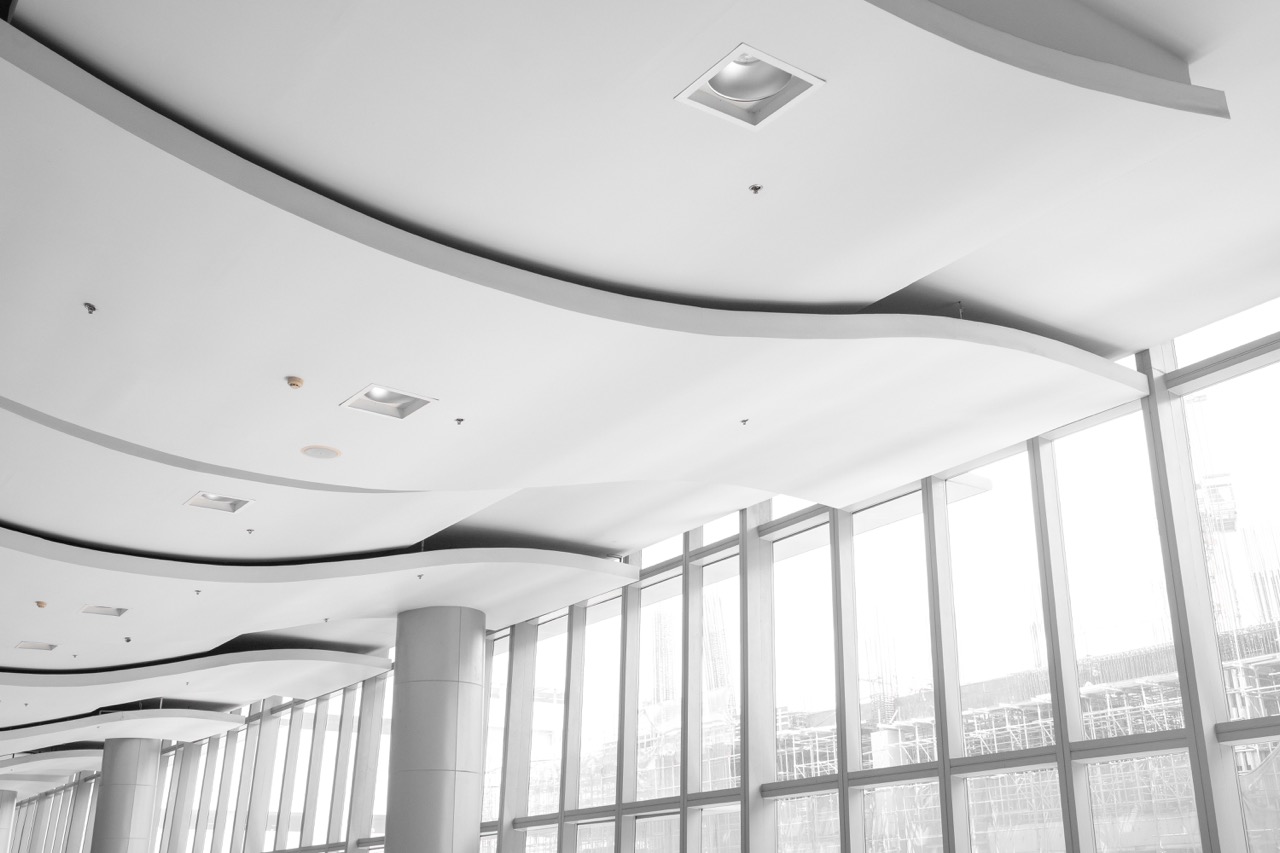
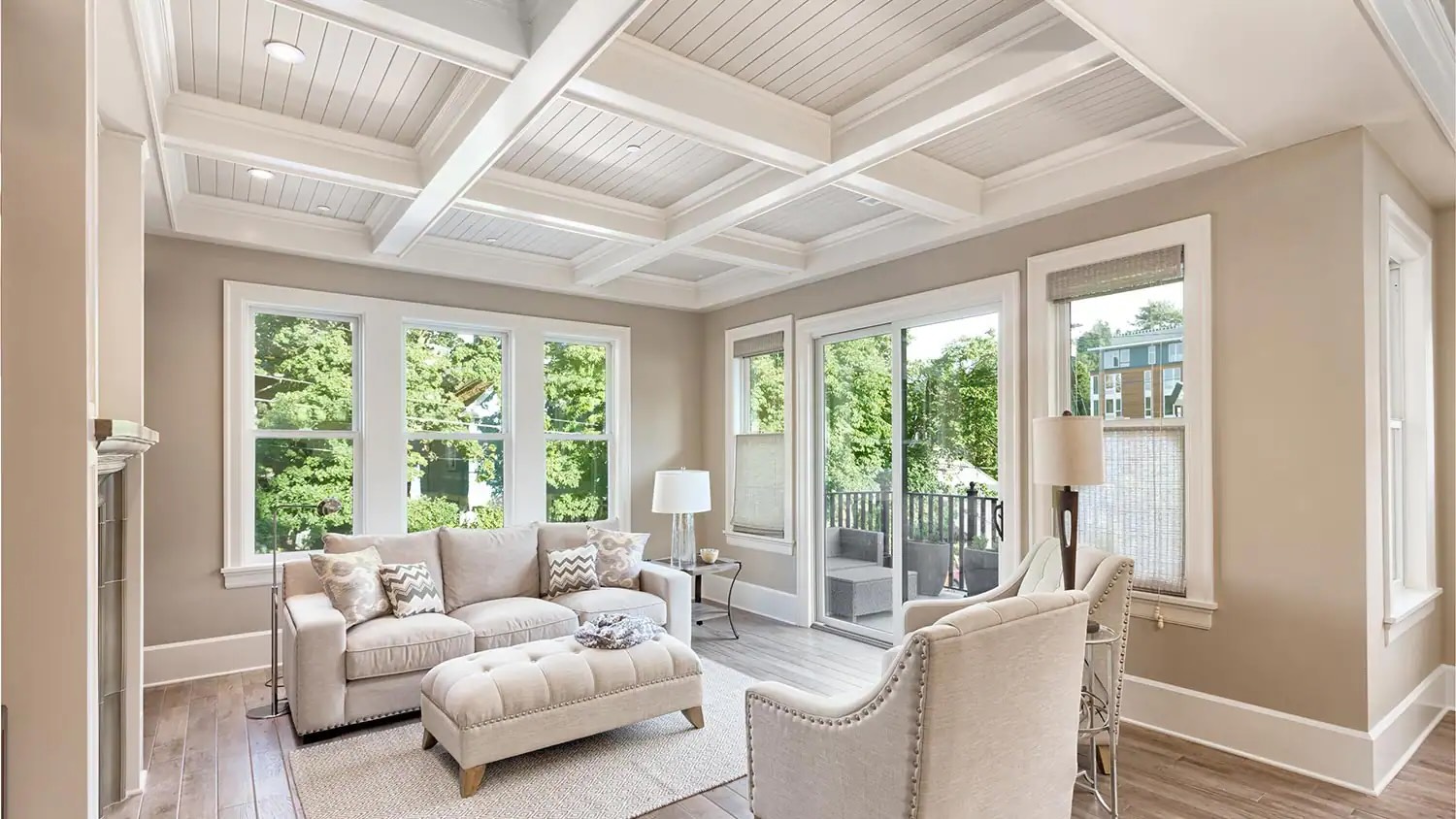
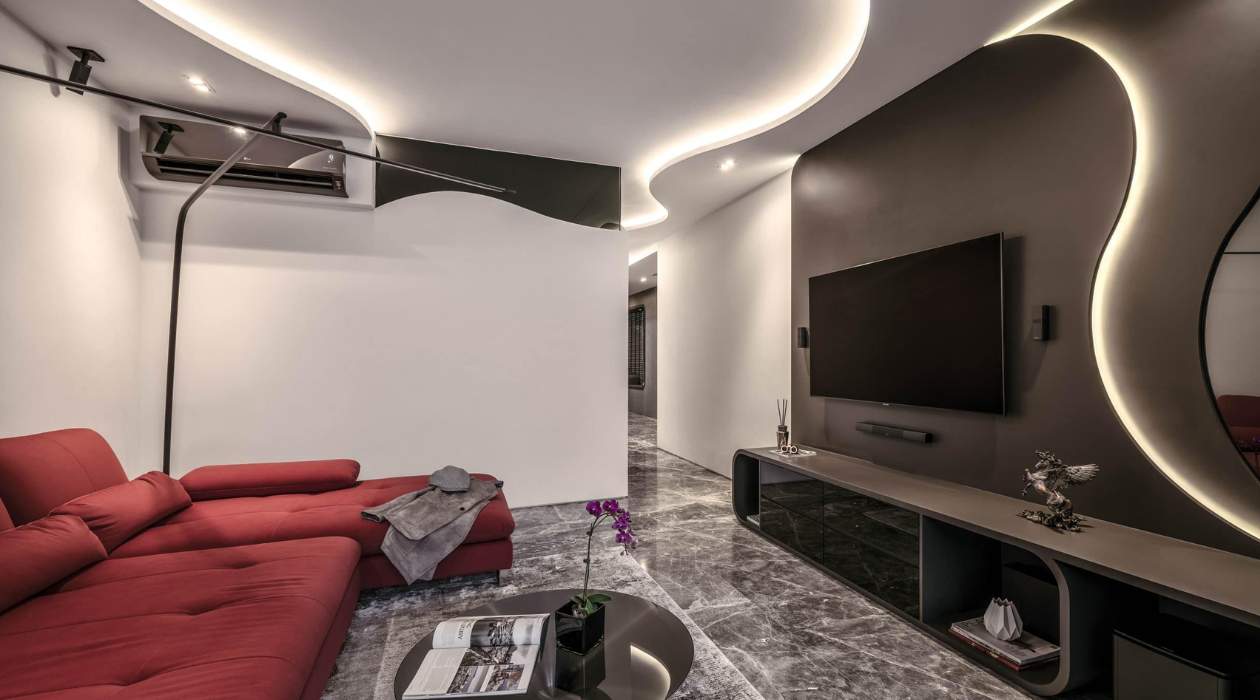
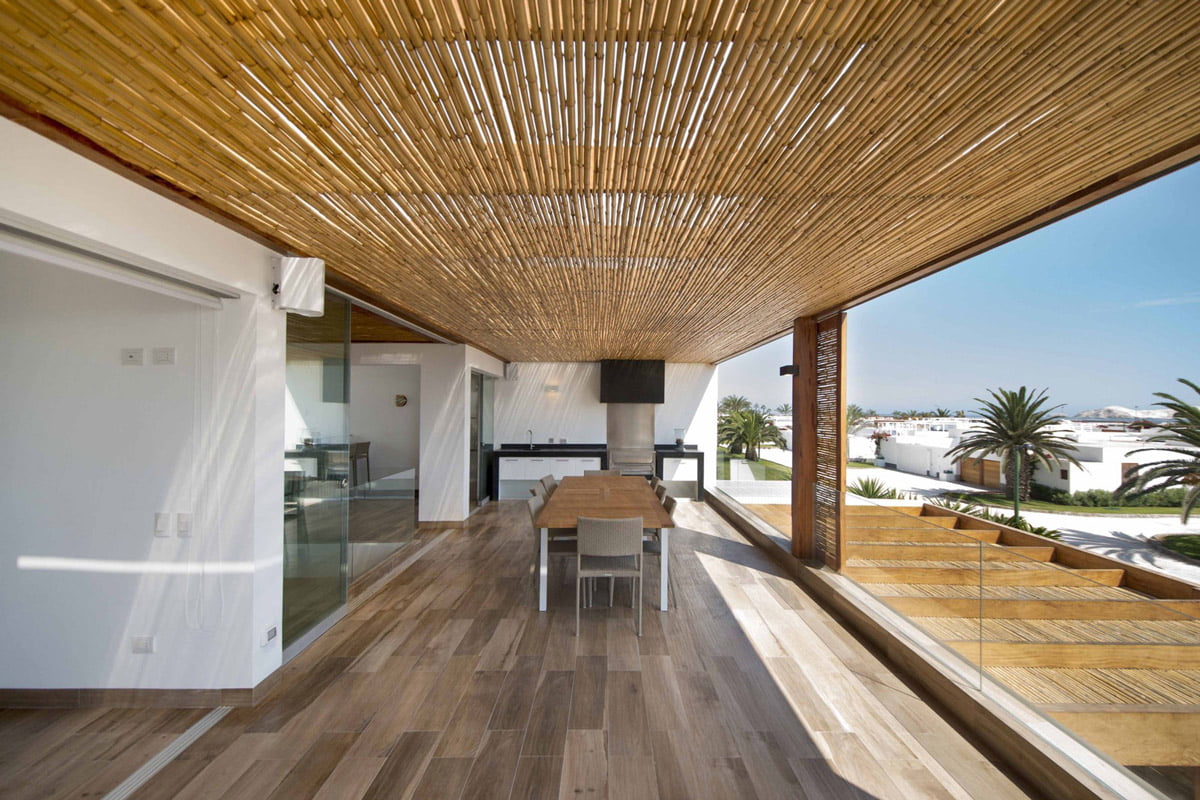

0 thoughts on “What Is A Cathedral Ceiling”